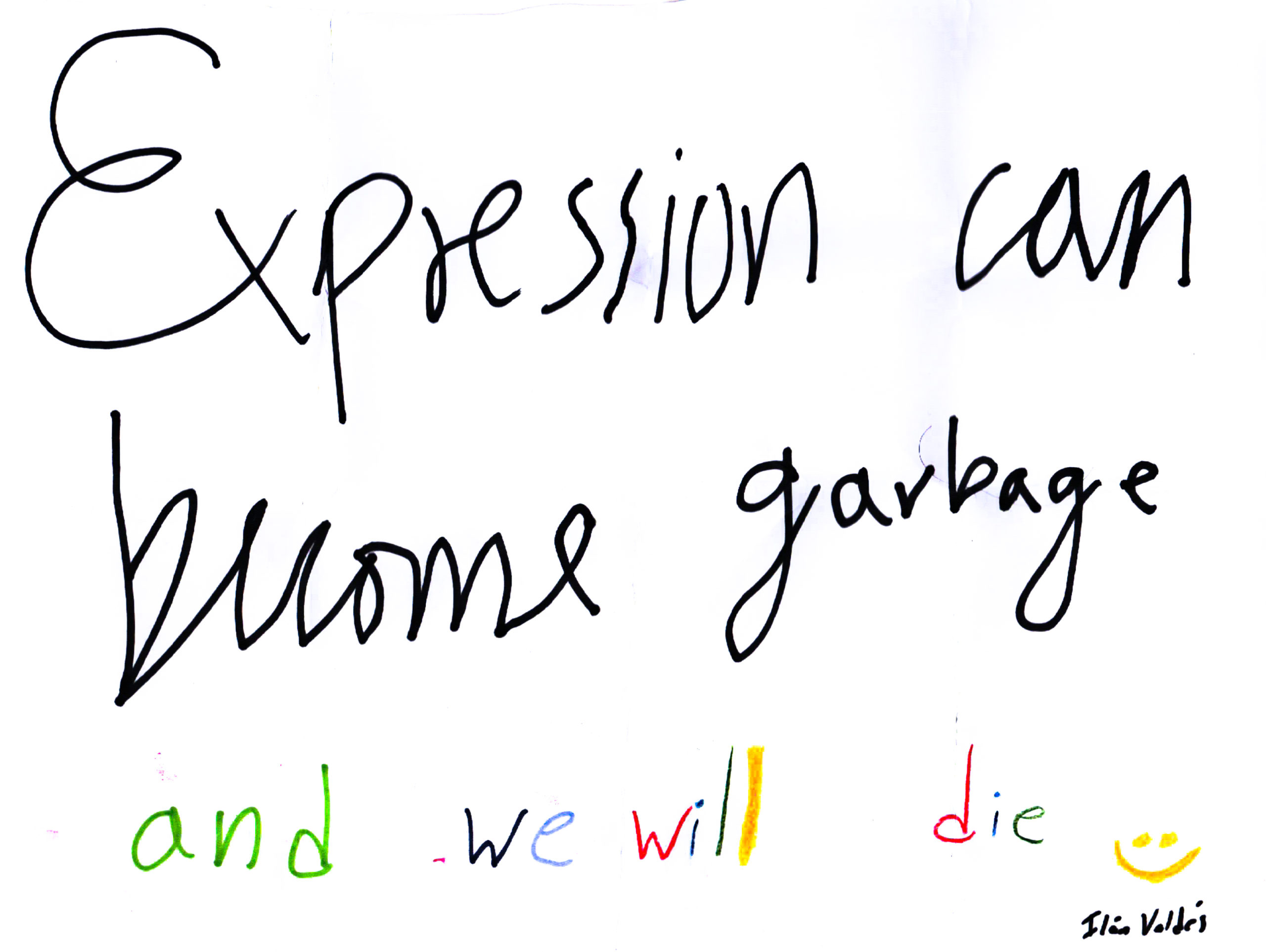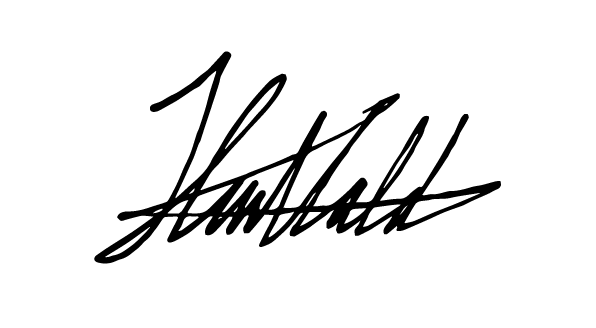RESERCH & CRITICAL REFLECTION
This segment contains some ideas I encountered in my research that were crucial to the process, and resonated with me:
In Maya Rochat’s “A rock is a river”, there is an interesting quote by Simon Baker where he says, referring to her work: “This is certainly the process that George Bataille described in relation to the abstractions of Joan Miró”, who he says “begins with a representation of objects so meticulous that at a certain point they turn reality into dust, a sort of sunlight dust […] Finally… the little angry and alienated elements proceed to a new irruption, before once more disappearing today into these paintings, leaving only the traces of who knows what disaster”. For Bataille, then, “Miró achieves the enviable result of an abstract work that refers to its own process of abstraction directly, by insinuating itself as a decomposed accumulation of traces.”
Another thought I encountered is from the Malborough Gallery press release regarding Gillian Ayres’s paintings. The gallery comments: “Ayres celebrates the vibrant materiality of paint, often working on one canvas over many layers of color and huge bush marks to produce increasingly distinct yet never fully representational forms. As Martin Gayford writes, “what truly interested Gillian from the beginning was the nature and potential of pigment itself: all the different kinds of things it could do. She saw that these possibilities could only be investigated physically and intuitively. Making a painting, she insisted, ‘is a visual experience not a literary one.’ It’s about what can be done with paint”.
It’s interesting to me how one can explore materiality and symbolism to different degrees of potential and possibility. It is my vision to incorporate multiple disciplines in order to build systemic designs that explore these ideas. For some reason, the relation between artifice and nature is not as relevant as when it makes you question the entirety of your reality, or move away from it.
Laura González Flores has a book called “Photography and paint: two different media” where she quotes Aristotle saying “nothing should be asked from art works besides the fact that is has a shape”. She then adds that, “by moving away voluntarily from what’s real, modern paint chooses as a subject the process of experimentation with its specific resources. The themes of the painting stop associating with traditional genres in order to start identifying with the search of shape, valid in itself.”
What is curious for me is revisiting the definition of art, techne. When art shifts away from skill, the words get redefined and concepts reinvented. Time, intimacy and presence come together. “I was there”, is what I think when I see my film rolls, and the simple realization of that same object being physically there appears. It never fails to surprise me.
“Neomaterialism” by Joshua Simon is a good read that introduced me to the idea of the Unreadymade. Joshua Simon quotes Thierry de Duve, “The Readymade and the Tube of Paint,” Since the tubes of paint used by the artists are manufactured and ready-made products we must conclude that all paintings in the world are “readymades” and also works of assemblage. De Duve later quotes Duchamp saying:
“A readymade is a work of art without an artist to make it, if I may simplify the definition. A tube of paint that an artist uses is not made by the artist; it is made by the manufacturer that makes paints. So the painter really is making a readymade when he paints with a manufactured object that is called paints.”
This idea of an artwork seen under the scope of assemblage, is directly associated to death as a commodity, the text argues. I decided I wanted to print images over garbage, my work’s leftovers, as a way of re-signifying it. So I decided, therefore, to treat my “unreadymades” like garbage.
My homage to the idea of the unreadymade became small pieces of paint I later could cyanotype over. This generated an intricate conversation between the chemical emulsion and the pigment. The chemical emulsion being the figurative and the pigment representing the abstract. The negative images were prints of negatives, and the idea was that my memories would be dissolved into abstraction, in this assemblage method.
Susan Sontag, when referring to photography as melancholy objects, says: “Our junk has become art. Our junk has become history”. This is interesting to me when it comes to studying my own work with an archeologist perspective, as an art historian. If you never achieve anything, your intents remain as traces. She later continues this is idea: “[…] Photographs are, of course, artifacts. But their appeal is that they also seem, in a world littered with photographic relics, to have the status of found objects – unpremeditated slices of the world. Thus, they trade simultaneously on the prestige of art and the magic of the real. They are clouds of fantasy and pellets of information.”
John Berger, talks about Susan Sontags’s “On Photography” in his book About Looking, and talks about the relation of film with memory. He adds: “Yet, unlike memory, photographs do not in themselves preserve meaning. They offer appearances […] prised away from their meaning.”. In my experience researching photography, I have been surprised by my own shift of interest from identity to memory. I believe this relation between memory and identity places photography in the middle as a wasteful tool to revisit what we know as visible reality.
This recollection of ideas show how difficult it is to define the photography as a practice. An image doesn’t contain information if one is unable to decode it. But in the same way we learn from history, photography can be a tool to revisit the past in order to imagine a better future. As a tool to explore, I relate to Gillian Ayres’s approach to painting because, in the same way one can relate to the materiality of the pigment, photography contains memory capturing time and space with light.
Berger, John (1980). About looking. Bloomsbury. P.55
Gonzáles Flores, Laura (1995). Fotografía y pintura: ¿dos medios diferentes?. Fotoggrafía.
Marlborough Gallery (2021). Gillian Ayres. Press release.
Rochat, Maya (2017). A ROCK IS A RIVER. Extract from Simon Baker, p2 . SPBH Editions.
Simon, Joshua (2013). Neomaterialism. Sternberg Press.
Sontag, Susan (1977). On Photography. Penguin Books. P.6.

